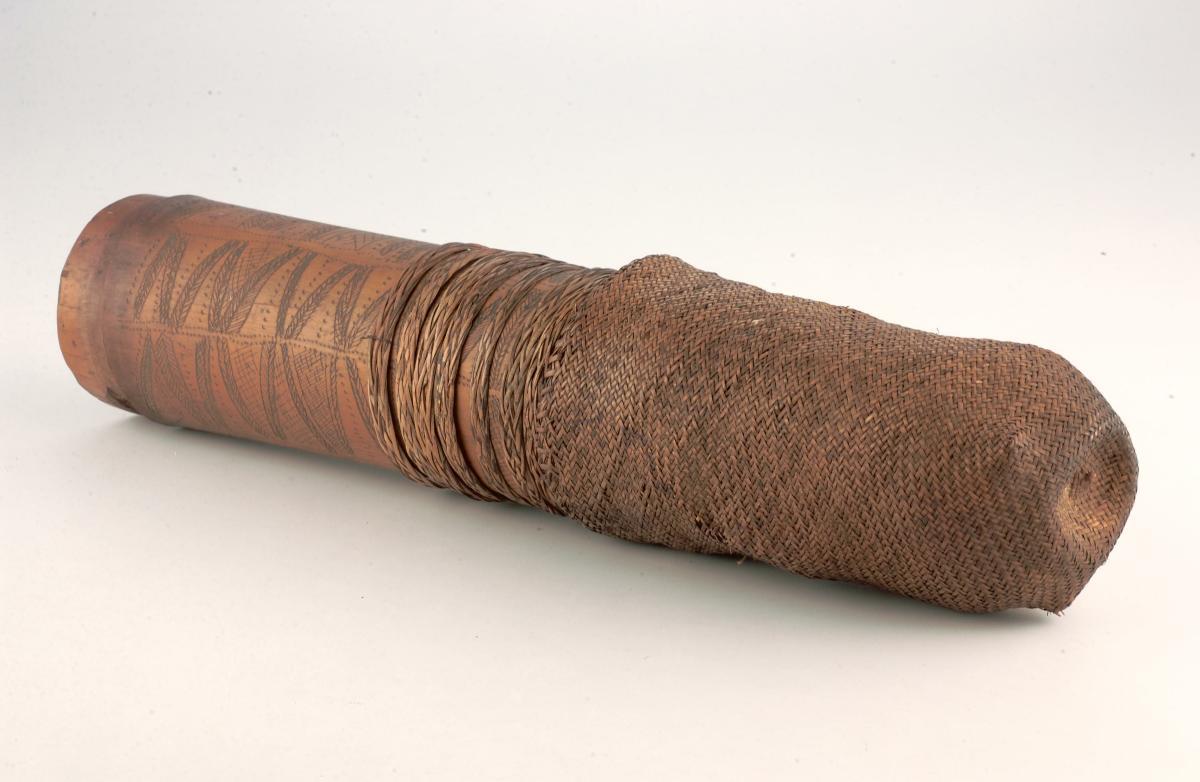

Pacemakers use electrical pulses to prompt the heart to beat at a regular minimum rate.
#Quiver meaning in tamil skin#
If they find no underlying problem, the doctor may advise implanting a pacemaker.Ī pacemaker is a small device that a doctor places under the skin of the chest or abdomen to help control abnormal heart rhythms. If bradycardia occurs due to an underlying condition, a doctor will need to treat that condition first. The various arrhythmias require different treatments. Treatment for arrhythmia is only necessary if the condition is increasing the risk of more severe arrhythmia or a complication, or if the symptoms are severe. When A-fib symptoms occur, they often have a rapid onset and may involve: finding exercise more difficult than usual.

Symptoms depend on the type of arrhythmia, as follows: Symptoms of tachycardiaīradycardia can cause the following symptoms: Some people with life threatening arrhythmias may have no symptoms, while others with symptoms may not have a severe arrhythmia. However, a doctor may detect an arrhythmia during a routine examination or after requesting an electrocardiogram (EKG).Įven if an individual notices symptoms, it does not necessarily mean that they have a severe arrhythmia. It can also occur due to genetic susceptibility or taking certain medications.Īrrhythmia might not cause noticeable symptoms. This can result in fainting, which may be life threatening. This syndrome refers to a heart rhythm disorder that sometimes causes rapid, uncoordinated heartbeats. A heart attack often triggers it.įind out more about ventricular fibrillation here. Ventricular fibrillation can be life threatening and usually has links to heart disease. The ventricles do not pump blood but quiver instead. This is an irregular heart rhythm consisting of rapid, uncoordinated, and fluttering contractions of the ventricles.

This often happens if the heart has a scar from a previous heart attack. This condition refers to abnormal electrical impulses that start in the ventricles and cause an abnormally fast heartbeat. An individual can experience a burst of accelerated heartbeats that can last from a few seconds to a few hours.ĭoctors classify atrial fibrillation and flutter under SVTs. The condition known as supraventricular tachycardia (SVT) refers to a rapid but rhythmically regular heartbeat. Some people may experience both flutter and fibrillation.Ītrial flutter can be a serious condition and usually leads to fibrillation without treatment. This produces a consistent pattern in the abnormal heart conduction. While fibrillation causes many random and different quivers in the atrium, atrial flutter is usually from one area in the atrium that is not conducting properly. Instead of producing a single, strong contraction, the chamber fibrillates, or quivers, often producing a rapid heartbeat. Atrial fibrillation (A-fib) is common and mainly develops in adults over 65 years of age. This is the irregular beating of the atrial chambers, and nearly always involves tachycardia. There are several types of arrhythmia, as described here: Atrial fibrillation To learn more about how the heart works here. The best locations on the body for this are: This is a point at which they can feel the heartbeat through the skin. One of these beats is the heart contracting to provide oxygen to blood that has already circulated, and the other involves the heart pushing oxygenated blood around the body.Ī person can measure their heart rate using their pulse. The heart should beat with a regular rhythm, consisting of double “ba-bum” beats with even spaces in between each. Olympic athletes, for example, will usually have a resting heart rate of less than 60 bpm, because their hearts are highly efficient. The fitter a person is, the lower their resting heart rate becomes. The range for a healthy resting heart rate varies between individuals, but the American Heart Association (AHA) suggests that it is usually between 60 and 100 bpm. What is a normal heartbeat?ĭoctors identify a healthy heartbeat by counting the number of times the heart beats every minute (bpm) during rest. The words arrhythmia and dysrhythmia mean the same, but the word arrhythmia is more prevalent. Some people may hear doctors use the word “dysrhythmia” when referring to their irregular heartbeat. Some, however, can increase the risk of stroke or cardiac arrest. Most arrhythmias are not severe and do not cause complications. early heartbeat, or a premature contraction.irregular heartbeat, also known as a flutter or fibrillation.There are several categories of arrhythmia, including: Share on Pinterest A person with arrhythmia may experience chest pain.Ĭardiac arrhythmia refers to a group of conditions that cause the heart to beat irregular, too slowly, or too quickly.


 0 kommentar(er)
0 kommentar(er)
